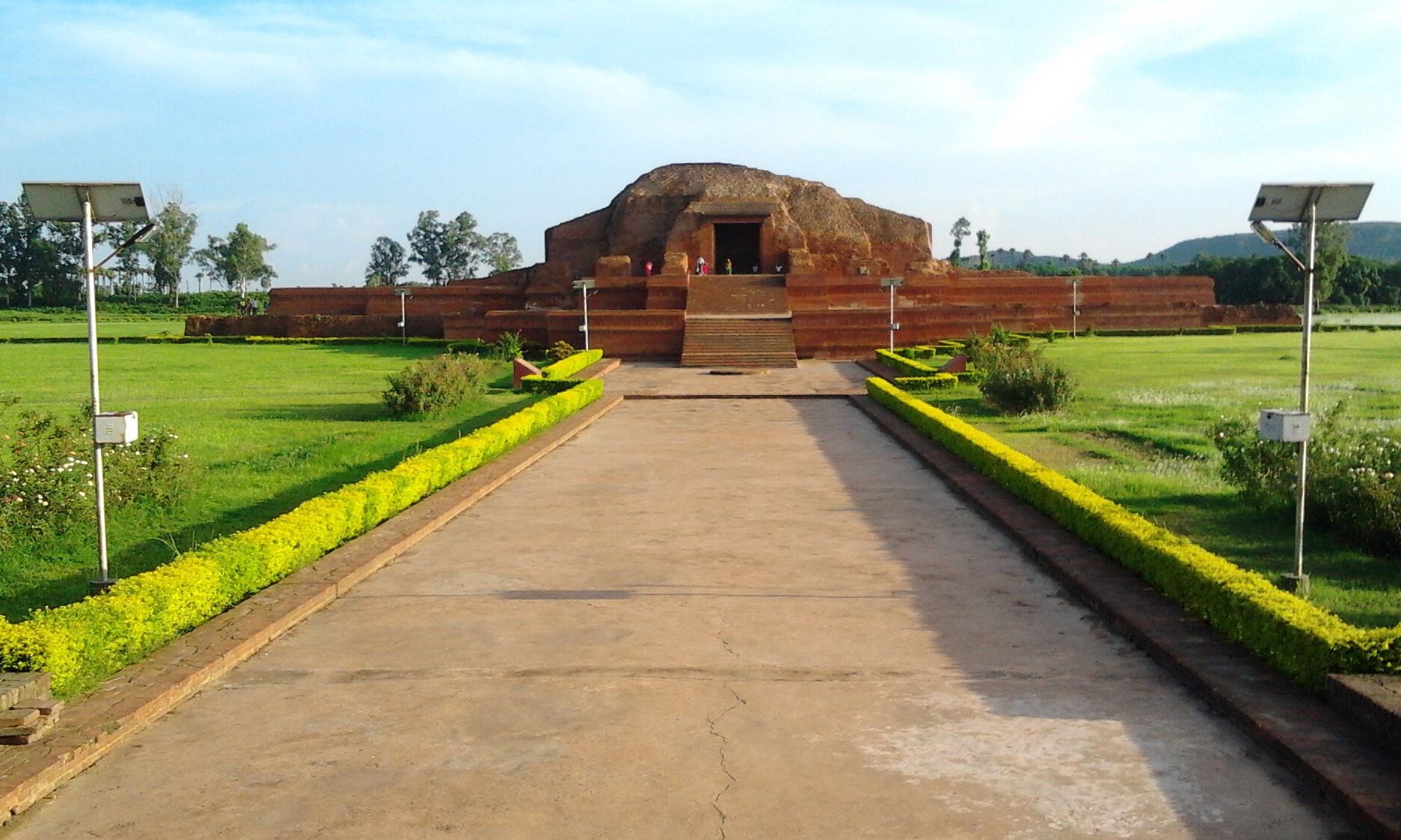Shahkund is a Town in Shahkund Block in Bhagalpur District of Bihar State, India. It belongs to Bhagalpur Division . It is located 28 KM towards west from District head quarters Bhagalpur. It is a Block head quarter.
/*! elementor - v3.20.0 - 20-03-2024 */ .elementor-widget-divider{--divider-border-style:none;--divider-border-width:1px;--divider-color:#0c0d0e;--divider-icon-size:20px;--divider-element-spacing:10px;--divider-pattern-height:24px;--divider-pattern-size:20px;--divider-pattern-url:none;--divider-pattern-repeat:repeat-x}.elementor-widget-divider .elementor-divider{display:flex}.elementor-widget-divider .elementor-divider__text{font-size:15px;line-height:1;max-width:95%}.elementor-widget-divider .elementor-divider__element{margin:0 var(--divider-element-spacing);flex-shrink:0}.elementor-widget-divider .elementor-icon{font-size:var(--divider-icon-size)}.elementor-widget-divider .elementor-divider-separator{display:flex;margin:0;direction:ltr}.elementor-widg…जयमंगला गढ़, बेगूसराय (Jaimangala Garh) – Begusarai
Jaimangalagarh (जयमंगला गढ़) is a major tourist destination and bird sanctuary of Bihar. It is surrounded by Kabar Lake , where every year lakhs of birds come from all over the country and abroad. There is a famous temple of Mata Jayamangala here. Also known as Monkey Island as there are many monkeys found on this island.
/*! elementor - v3.20.0 - 20-03-2024 */ .elementor-widget-divider{--divider-border-style:none;--divider-border-width:1px;--divider-color:#0c0d0e;--divider-icon-size:20px;--divider-element-spacing:10px;--divider-pattern-height:24px;--divider-pattern-size:20px;--divider-pattern-url:none;--divider-pattern-repeat:repeat-x}.elementor-widget-divider .elementor-divider{display:flex}.elementor-widget-divider .elementor-divider__text{font-size:15px;line-height:1;max-width:95%}.elementor-widget-divider .elementor-divider__element{margin:0 var(--divider-element-spacing);flex-shrink:0}.elementor-wi…
बटेश्वर स्थान मंदिर एवं गुफाएं, कहलगांव, भागलपुर (Bateshwar Sthan Temples & Caves) – Kahalgaon, Bhagalpur
Bateshwar Nath Temple - Bhadeshwar Nath Mandir is dedicated to Lord Shiva and is located atop a hillock near Kahalgaon in Bhagalpur, Bihar. The temple is around 7 km from Kahalgaon. One has to climb more than 100 rock cut uneven stairs to reach the shrine. Bateshwar Nath temple is on the banks of Ganga River. The place is highly auspicious because River Ganga flows northward here.
Atop the hill, one first has the sight of a huge murti of Nandi. There are eleven Shivlings in the shrine. Therefore the temple is also known as Ekadash Mahadev Baba Hadishwar.
The temple is unique for the presence of Goddess Parvati with Shiva. One of the Shivling is in Arhanarishwara form.
There are three caves atop the hill. The eleven Shivling are found in one of the caves.
The most auspicious period here is the Shravan month. Special rituals and pujas are held during the period.
One can also see numerous murtis of gods and goddesses st…
कोलगंज रॉक कट मंदिर,, भागलपुर (Colganj Rock Cut Temples) – Bhagalpur
The Golgong or Colganj rock cut Temples are one of the main tourist attractions of Bhagalpur. The rock cut carvings present on these temples date back to the Gupta Period. These carvings depict many Hindu, Jain and Buddhist deities. There are also several artistic etchings present at these temples that have been excavated from towns like Sultanganj and Kahalgaon of Bihar.
/*! elementor - v3.20.0 - 20-03-2024 */ .elementor-widget-divider{--divider-border-style:none;--divider-border-width:1px;--divider-color:#0c0d0e;--divider-icon-size:20px;--divider-element-spacing:10px;--divider-pattern-height:24px;--divider-pattern-size:20px;--divider-pattern-url:none;--divider-pattern-repeat:repeat-x}.elementor-widget-divider .elementor-divider{display:flex}.elementor-widget-divider .elementor-divider__text{font-size:15px;line-height:1;max-width:95%}.elementor-widget-divider .elementor-divider__element{margin:0 var(--divider-element-spacing);flex-shrink:0}.elementor-widget-divider…भारत की रेलवे कॉलोनियां – जॉन एल्टन प्राइस , जमालपुर (Railway Colonies in India – John Alton Price) – Jamalpur
जमालपुर रेल कार्यशाला (Jamalpur Rail Workshop)
अंगकोरवाट (Angkorwat)
The temple of Angkor, the great historical legacy of Khmer civilization, stand majestically in Situ in north-west Cambodia. At the heart of the Khmer empire, Angkor Thome, for over 500 years from the ninth to the fifteen century, the monuments constructed by Ang-inhabitants (People belonging to Ang Mahajanpad of ancient India whose language was Angika.) during 1200 A.D. belong to the classic period of Khmer art and are unrivaled in architectural greatness.
"The temples startle with their splendor and perfection but beyond the emotions they evoke lie complex microcosms of the universe steeped in cosmology". Khmer art of the period includes finely modeled sculptures of startling beauty. "Sensuous, yet never erotic, male and female forms stand in grandeur and dignity offering universal appeal, past and present". Down Rooney.
The temple of Angkor, the great historical legacy of Khmer civilization, stand majestically in Situ in north-west Cambodia. At the heart of t…
विक्रमशिला विश्वविद्यालय के अवशेष (Ruins of Ancient Vikramshila University) – Bhagalpur
Ruins of Vikramshila University
Located 252 kms from Patna, in the district of Bhagalpur, is the site of an ancient University, Vikramshila. The university was founded by king Dharmpala, in late 8th century AD.
/*! elementor - v3.20.0 - 20-03-2024 */ .elementor-widget-divider{--divider-border-style:none;--divider-border-width:1px;--divider-color:#0c0d0e;--divider-icon-size:20px;--divider-element-spacing:10px;--divider-pattern-height:24px;--divider-pattern-size:20px;--divider-pattern-url:none;--divider-pattern-repeat:repeat-x}.elementor-widget-divider .elementor-divider{display:flex}.elementor-widget-divider .elementor-divider__text{font-size:15px;line-height:1;max-width:95%}.elementor-widget-divider .elementor-divider__element{margin:0 var(--divider-element-spacing);flex-shrink:0}.elementor-widget-divider .elementor-icon{font-size:var(--divider-icon-size)}.elementor-widget-divider .elementor-divider-s…सुल्तानगंज बुद्ध, सुलतानगंज(Sultanganj Buddha) – Sultanganj
The Sultanganj Buddha is 2.3m high and 1m at its widest point and weighs about 500kgs. It was cast by the technique known as the 'lost wax' process, in which a solid core of clay is overlaid with wax. The sculptor models the fine details in the wax coating. The wax is covered with a liquid layering of clay and plaster whichhardens to form a mould. When heat is applied the wax melts and molten metal is poured in. The finished statue is finally obtained by removing the outer casting when cool.
/*! elementor - v3.20.0 - 20-03-2024 */ .elementor-widget-divider{--divider-border-style:none;--divider-border-width:1px;--divider-color:#0c0d0e;--divider-icon-size:20px;--divider-element-spacing:10px;--divider-pattern-height:24px;--divider-pattern-size:20px;--divider-pattern-url:none;--divider-pattern-repeat:repeat-x}.elementor-widget-divider .elementor-divider{display:flex}.elementor-widget-divider .elementor-divider__text{font-size:15px;line-height:1;max-width:95%}.elementor-…


















